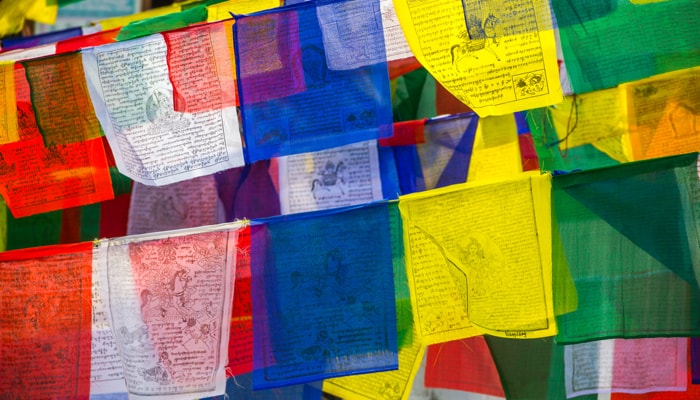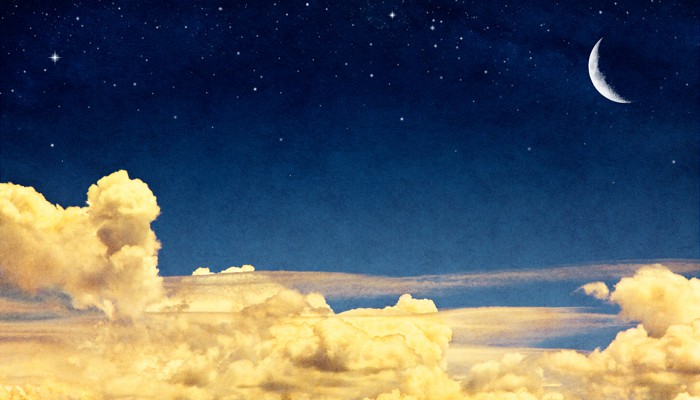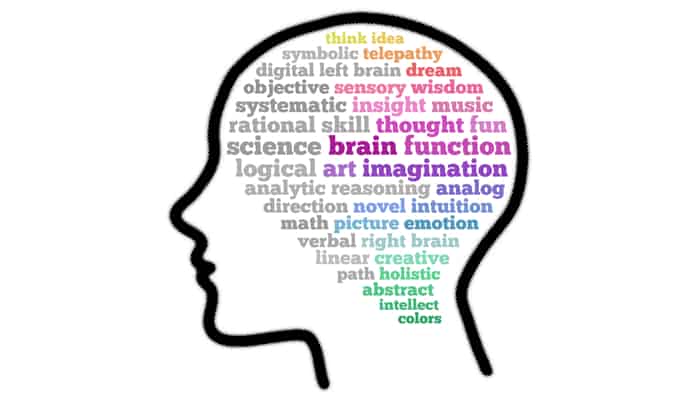Category: Inner Wisdom
Blog: Exploring the Unknown: Dreams
By Isa Gucciardi, Ph.D.
I have been a guest lecturer in the Integral Medicine class at the University of California at Berkeley every year for the last ten years or so. Sometimes I lecture on alternative therapies like Depth Hypnosis, and sometimes on methods of healing that are found in shamanic cultures. During the past few years’ lectures, the students have really perked up when I have talked about the way in which dreams are viewed in shamanic cultures. The students are always surprised to hear someone actually talk about their dreams as being an important aspect of their experience.
Blog: Journey On It: More on Healing with the Journey
By Isa Gucciardi, Ph.D.
The shamanic journey works on the level of epiphany. Similar to muscle memory when we learn to hit a tennis ball or ride a bike, the realization that comes in the journey is beyond the rational mind. It is beyond thought. When we learn something at this level, it stays with us and we have the opportunity to change long held patterns of behavior, and shed ways of being that no longer serve us.
Blog: Journey On It: Journeying for Healing
By Isa Gucciardi, Ph.D.
In a traditional setting, the shaman would align with the forces of the Earth in order to bring organization and guidance to human affairs. People today are so disconnected from the natural world and from their own inner worlds that the spirit of inquiry for the modern journeyer needs to focus on reconnection. In my Shamanic Journey workshops, I help students address issues of imbalance as they work with the journey to deepen their connection to their own inner guidance and personal power.
Blog: Journey On It: Inner Guidance
By Isa Gucciardi, Ph.D.
In traditional shamanic practice, the journey was taken by the shaman to understand and connect with the power of the Earth. The shaman became empowered through the process of this quest and used this power to aid the community through ceremony, healing, and divination. Shamans use a repetitive sound to alter consciousness and then focus their attention inward. The most common sounds used for the shamanic journey are drums and rattles.
Blog: Journey On It: Reconnecting with the Earth’s Wisdom
By Isa Gucciardi, Ph.D.
In societies whose stories and wisdom emerge from the Earth, the Earth was often understood to have two important aspects to it: the unseen and seen. This meant that every tree had its physical aspect in the form of the tree that we can see with our five senses. But it also had another, more hidden one. This aspect is often referred to as the ‘spirit’ of the tree.
Blog: Journey On It: Finding Our Way Home
By Isa Gucciardi, Ph.D.
The Journey is a process of going inward that helps us discover who we are and what our relationship is to the world around us. Seekers trying to understand the mystery of their experience can be found in every culture that has existed on the planet. Different societies have different names for these seekers – medicine men, medicine women, the ones who cure, the ones who know. Cultures with these kinds of references for their seekers tend to be cultures that exist closer to the earth.
In cultures whose traditions are closely tied to the natural rhythms and processes of the Earth, the Earth itself is the place where all inquiry begins and ends. In order to know when to plant successful crops, its rhythms must be measured. In order to measure its rhythms, seekers have looked skyward to measure the Earth’s rhythms against the patterns of the sky.
Article: The Future of Buddhism in the West
By Isa Gucciardi, Ph.D.
Arnold Toynbee, the noted British historian, remarked that the most important event for the West in the twentieth century was to be its encounter with Buddhism. We in the West are still in the early days of this encounter and there are still many facets of this encounter that have yet to be worked out or made evident. Yet, by examining the challenges that have arisen in this encounter, we may be able to discern the trajectory of the future of Buddhism in the West.
Article: The Eightfold Path as an Ethical Compass in the Therapeutic Environment
By Isa Gucciardi, Ph.D.
Ethics is generally defined as a process of determining right and wrong conduct or as the study of morality. In many traditions, both sacred and secular, there is an effort to come up with a set of principles to govern behavior. In many traditions, there is an emphasis on “what bad thing will happen if you don’t do the right thing.” The motivator to good behavior is fear. This is an effective method of crowd control when the luxury of understanding personal motivation and intention cannot be understood on a case-by-case basis. But it falls short in creating conditions under which people can learn how to truly trust their motivation and intention in making decisions regarding their conduct.
Article: Personal Responsibility: A Buddhist Perspective on Relationship
By Isa Gucciardi, Ph.D.
Relationship forms the core of our experience as humans. We define ourselves and are defined by the nature of our relating. In Buddhism, there is a concept called “interdependence” which postulates that nothing exists independently. Everything exists interdependently. Applying this concept to relationship implies that we do not and cannot exist independently of one another.
Podcast: Episode 20: The Shamanic Journey in a Modern Context
The Shamanic Journey can be used to develop trust in one’s own voice and guidance that comes through our inner spheres. In today’s episode, Isa Gucciardi, Ph.D. discusses the Shamanic Journey in a modern context, its uses in traditional tribal settings, as well as its relevance to us today.
Podcast: Episode 08: Shamanism in Contemporary Culture
Shamanism in contemporary culture in North America reflects the context: people’s personal evolutionary needs are different than they might be in an indigenous culture. Most indigenous cultures have well-defined role structures, where people are born into a particular lineage and perform particular duties as part of that lineage. Some cultures have had more tolerance for people deviating from their assigned role than others. Today in the modern Western world, historical patterns and social roles are not necessarily respected. This situation is a two edged sword, but it does allow people to evolve in terms of their own internal callings, rather than necessarily having to evolve according to the roles prescribed by the external culture.
Podcast: Episode 04: Understanding Dreams
Dreams serve many different functions in an individual’s psychic life, and many theories have been put forward as to what those functions are. Carl Jung points to their function as a field of transformation of the self. Dreams are at the heart of the processes in the Depth Hypnosis model. When a person comes into counseling in Depth Hypnosis, one of the first things that might be asked of them is that they keep track of their dreams. The dreams will generally give the practitioner information about where the person needs to go or how the person is approaching the work. In this excerpt from a 2009 lecture on dreams, Isa Gucciardi, Ph.D. discusses dream interpretation, with a brief overview of the history of how ancient cultures viewed and worked with dreams.
Article: Notes Towards a New Understanding of Education: Bringing Intuitive and Empirical Learning Into Balance
By Isa Gucciardi, Ph.D. and Laura Chandler
As we approach the time of year where we traditionally return to formal education, it is important to consider the role that education plays in our lives. Education is defined in many different ways, and might generally be understood as a process where information regarding the nature of reality is transmitted from one person to another in a group setting.
This idea of reality could be described as a kind of consensus, based on empirical information that has been accumulated and synthesized into a modality that can be passed on through educational systems. The skillset that we develop in order to participate in this process of education requires that each individual must, to some degree, attune to the demands of the group, the desires of the instructor, and work towards the development of a rational intellect that can reproduce what is taught in a socially acceptable way. These are important skills, and necessary for members of any society.
There is, however, another important aspect of learning that is almost completely overlooked in traditional educational environments.
Article: The Use of Altered States in Depth Hypnosis to Break Down Blocks and Resistance
By Isa Gucciardi, Ph.D.
One of the most difficult issues a person trying to understand herself comes across is the issue of resistance. Uncovering unconscious blocks to understanding is often surprising and puzzling. On the one hand, we know what is happening in our lives internally or externally is generating pain and would like very much to be relieved of it. On the other hand, we often run into resistance to change even though we suspect that change will relieve of us our suffering.
Article: Working with the Shamanic Journey
By Isa Gucciardi, Ph.D.
Shamanism is the core spiritual and healing practice of most indigenous cultures. The Shaman serves as the medical, psychological, and spiritual counselor of these cultures. One of the primary responsibilities of the Shaman is to interface between the world of the seen and the unseen. As part of the interface between these two worlds, the shaman uses the shamanic journey. The shamanic journey is a term that is used to describe the primary vehicle that Shamans use to perceive phenomena beyond the conscious mind. It is a method of perceiving the psyche and world of spirit, as well as a means of gaining deeper insight into the world around us.















